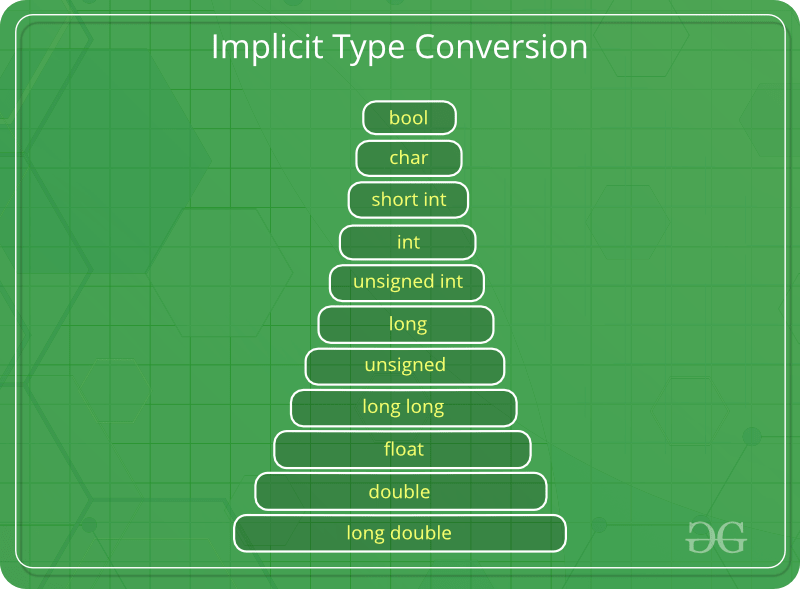

cend() – Returns a constant iterator pointing to the theoretical element that follows the last element in the vector.cbegin() – Returns a constant iterator pointing to the first element in the vector.rend() – Returns a reverse iterator pointing to the theoretical element preceding the first element in the vector (considered as reverse end).rbegin() – Returns a reverse iterator pointing to the last element in the vector (reverse beginning).end() – Returns an iterator pointing to the theoretical element that follows the last element in the vector.begin() – Returns an iterator pointing to the first element in the vector.Inserting and erasing at the beginning or in the middle is linear in time. Removing the last element takes only constant time because no resizing happens. Inserting at the end takes differential time, as sometimes the array may need to be extended. Vector elements are placed in contiguous storage so that they can be accessed and traversed using iterators. Vectors are the same as dynamic arrays with the ability to resize itself automatically when an element is inserted or deleted, with their storage being handled automatically by the container. Initialize a vector in C++ (7 different ways).Map in C++ Standard Template Library (STL).Difference Between malloc() and calloc() with Examples.
VECTOR 2D ARRAY GEEKSFORGEEKS HOW TO

In 2-D array each element is refer by two indexes.
2D Vector In C++ With User Defined Size.How to pass a 2D array as a parameter in C?.How to dynamically allocate a 2D array in C?.Dynamic Memory Allocation in C using malloc(), calloc(), free() and realloc().ISRO CS Syllabus for Scientist/Engineer Exam.ISRO CS Original Papers and Official Keys.GATE CS Original Papers and Official Keys.


 0 kommentar(er)
0 kommentar(er)
